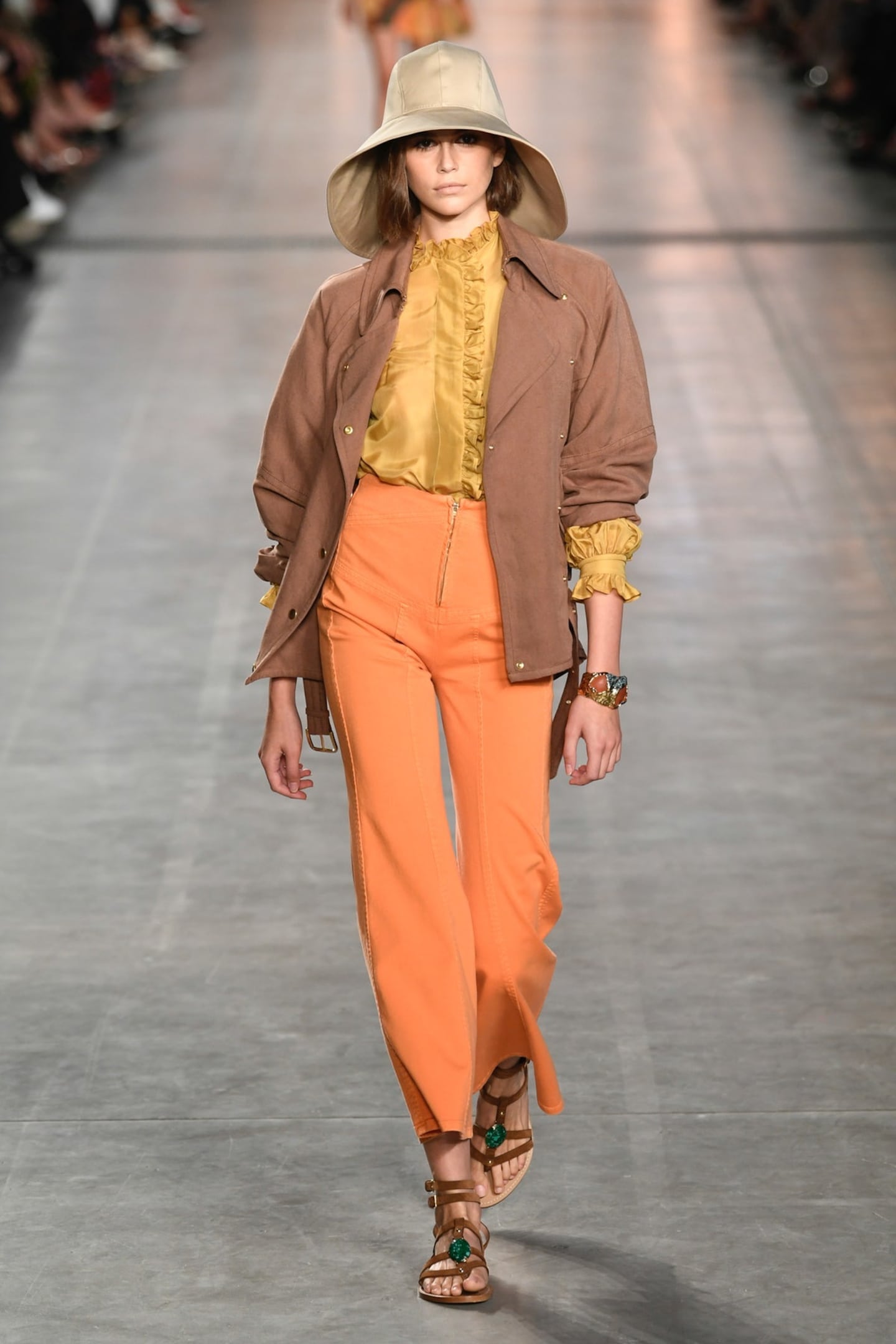
The Business of Fashion
Agenda-setting intelligence, analysis and advice for the global fashion community.

Agenda-setting intelligence, analysis and advice for the global fashion community.

MILAN, Italy — Daywear has been on Alberta Ferretti's mind lately. As a pragmatic female designer, she knows how to make things that are both special and easy to wear. No wonder dresses are her forte. Crafting a younger image has been a Ferretti preoccupation in recent season, often translating into not-so-convincing overlaps with Philosophy, Aeffe's younger offering.
This season saw progress in the right direction: the collection felt fresh and young, but it also had its own identity — banana shaped trousers notwithstanding. "I wanted something light and joyous," said Ferretti a few hours before the show. Light meant colourful and vaguely hippie.
The intarsia suede blousons, embroidered caftans and psychedelic slip dresses looked like something that music festival attendees would have worn in the early ’70s. Woodstock, which actually happened in August 1969 — exactly fifty years ago — immediately came to mind, but Ferretti strongly denied the links. "I am interested in the moment," she said. The moment, then, requires cropped flares. It requires joupe-coulottes aplenty, too, tie-dye denim and some ’80s volumes tied at the waist.
There was a lot going on, taking the collection in many different directions, but what kept it all together was the sense of lightness and happiness in both attitude and colours. In that sense, Ferretti accomplished her mission. Modernity, however, evaded her.
From where aspirational customers are spending to Kering’s challenges and Richemont’s fashion revival, BoF’s editor-in-chief shares key takeaways from conversations with industry insiders in London, Milan and Paris.
BoF editor-at-large Tim Blanks and Imran Amed, BoF founder and editor-in-chief, look back at the key moments of fashion month, from Seán McGirr’s debut at Alexander McQueen to Chemena Kamali’s first collection for Chloé.
Anthony Vaccarello staged a surprise show to launch a collection of gorgeously languid men’s tailoring, writes Tim Blanks.
BoF’s editors pick the best shows of the Autumn/Winter 2024 season.